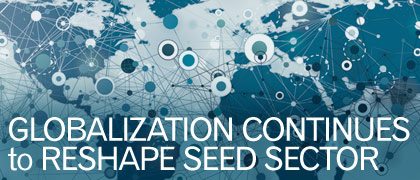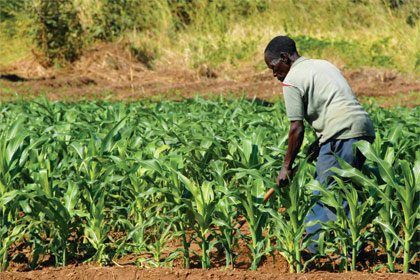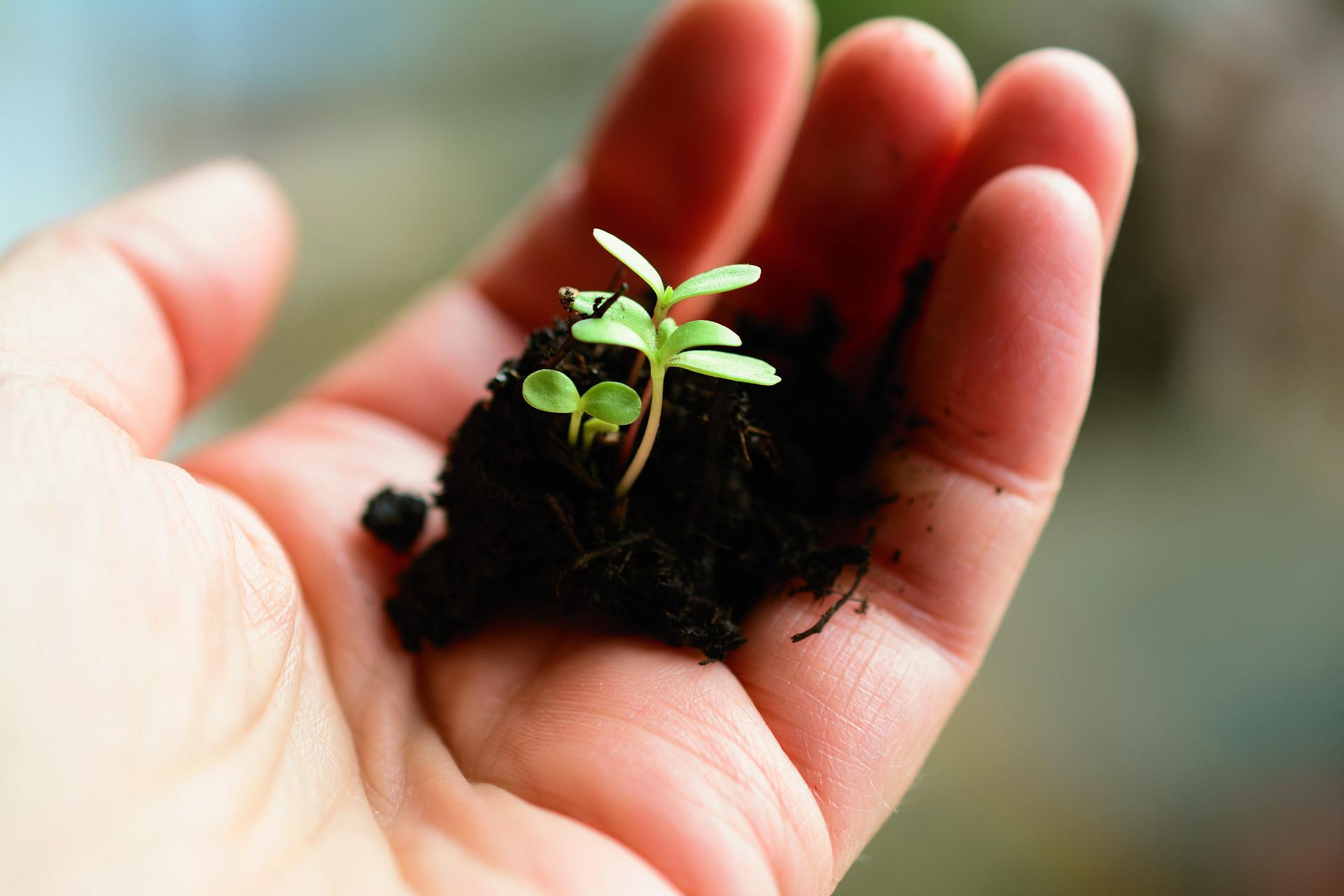Consolidation is creating an increasing number of global opportunities for both large and small companies, seed experts say.
As chairman and founder of AgriCapital, a respected private investment banking firm specializing in agri-business, R.B. Halaby knows a thing or two about the seed trade. For one, he thinks borders no longer matter.
He believes the seed sector is becoming more globalized every day as a result of market forces converging to reshape the agri-business landscape and enrich the international flow of seed products and technology.
“I don’t think there’s a single sector in ag that is not consolidating, and the reason for this is the fact that agri-business is unforgiving of inefficiency,” says Halaby, adding that corporate consolidation within the seed sector not only contributes to globalization, it enables every link in the food chain “to be that much more efficient.”
These days, he says, all of the big players like Monsanto and Syngenta function fluidly across country lines. “You’ll get a company in Iowa owned by a company in Brazil competing against a company in Mexico owned by a company in France. It’s totally globalized.”
Prominent agricultural analyst Robynne Anderson, founder of Emerging Ag Inc., agrees there has been significant consolidation among the biggest elements in the seed industry, although the rate of consolidation varies by region. For example, she expects yet more consolidation to occur within Asia.
“I think that globalization often creates opportunities for big companies and for small companies. And that seems counterintuitive, except big companies obviously do well [on a global scale] and many small companies can thrive in spaces that are literally too small for big companies,” Anderson says. “The challenge will probably be for the mid-sized company, who has to be really well managed to cope with the pressure of playing with the so-called ‘big boys’ and yet having [enough] critical mass to fund their infrastructure.”
Globalization has helped make it easier for ag companies to manage operations in multiple countries.
Policy and Structural Reforms
Industry experts point to a number of policy/structural reforms that are contributing to the trend toward globalization in the seed sector. They include:
• Economic deregulation
• Domestic market reforms
• Trade liberalization
• Privatization of state industries
• Implementation and enforcement of standardized intellectual property rights
As a result of these economic and IP reforms, Halaby believes private seed companies are now better equipped to move technology, financial resources and information across international boundaries, resulting in increased efficiencies in seed research, production and distribution.
“I’m a big believer in free trade and trade liberalization,” he says. “I believe in tearing down any non-tariff barriers to trade. Governments should ensure the safety of the food that people eat, but I don’t think they should use that as a way of hindering global trade.”
Halaby believes consumer push/pull factors are instrumental in helping drive globalization: The push factor is the increasing affluence and demand for higher quality food within developing countries and elsewhere in the world, while the pull factor is consumers becoming increasing vocal about what they expect in the food chain “whether it’s food safety or traceability or organic or what have you,” he says.
“The challenge will probably be for the mid-sized company, who has to be really well managed to cope with the pressure of playing with the so-called ‘big boys’ and yet having [enough] critical mass to fund their infrastructure.” — Robynne Anderson
Innovation Fueling Globalization
Halaby maintains the swift pace of technological innovation within the seed sector is fueling—and benefiting from—globalization. “As the market [for your product] gets bigger, you have more of an opportunity to recoup your investment in a new technology,” he says, adding the spread of new seed technology also permits more farmers to produce “more with less,” which in turn benefits more consumers.
“We have more food, at lower prices, for more people to eat. We have better quality foods, safer foods, all across the board, plus most importantly, we’re protecting the environment by having more productive agriculture and by reducing the use of chemicals by using GM,” he says. “The seed industry should be [more] aggressive in telling people about the wonders of what they do and the benefits of seed.”
Halaby is convinced it will be private—not public—interests leading the R&D charge in seed for the foreseeable future. “In the long run, it has to come from the private end, not the public end,” he says.
Anderson adds that it is important to consider how well technological innovations are managed—not just where they come from. “I think that technology, well managed, can proliferate from public and private sector actors. They use different approaches to achieve it, but both can do the job well only if they have very good managers of the innovation,” she says.
Anderson maintains the adoption of total quality management systems, along with such factors as improvements in modern information technology and better banking protocols, are making it easier to operate in the international arena nowadays.
“I think it’s easier for actors in any ag sector now to be global player. The ability to recruit staff, and to manage operations in multiple countries, has increased exponentially,” she says. “That includes a few of the large players who are already operating on a multinational level but there are many players working towards having a larger regional presence as well, including in places like Africa.”
Anderson says one of the benefits of this trend is “increased equity globally, proving developing countries have benefitted from much of the globalization that has occurred. You get players with the capacity to manage well across borders who are also fundamentally good managers, so they’re great at systems, they’re great at human resources, they’re great at extension and information sharing, and very good on logistics and packaging. As a result, you get better seed companies,” she says.
“Governments should ensure the safety of the food that people eat, but I don’t think they should use that as a way of hindering global trade.”
— R.B. Halaby
Private Sector Stepping Up
According to Anderson, private sector seed interests stepped up when government investment began declining more than 20 years ago. “It was only with the food crisis of 2007 that we began to see a revitalization of public money flowing into agricultural programming,” she says. “The private sector was left to fill a void, and I think at all points the seed industry has been quick to call for support into public research as well as the work they’re already doing in the private sector. And [they] continue to call for good public sector partners.”
Anderson says there are some areas involving capacity where the private sector may hold an edge, particularly with respect to logistics and product delivery. “The actual act of getting seed into farmers’ hands does seem to be quite well served traditionally by private sector actors. And that’s very important,” she says. “As globalization continues, the extension services around information to farmers, particularly in areas around smallholders, will be much better delivered by good private sector chains that include very strong ag retail sectors in their local areas.”
Anderson says some constraints to globalization remain, particularly in terms of technical barriers to trade—such as phytosanitary rules—which continue to inhibit the movement of seed between borders.
“There are very meaningful challenges to the seed trade industry that occur every day. Whether it is a phytosanitary barrier to seed disease or fungus, whether it is something that’s applied … arbitrarily to achieve a non-tariff trade barrier, or whether it is GM approval, there are lots of ways in which country boundaries still matter,” she says.
“At a global level, there are efforts to address some of these challenges,” Anderson adds. “The [seed] industry works in some countries very effectively to tackle phytosanitary barriers with their major trading partners. I think the American Seed Trade Association has really been a leader in this area. And, having worked with the Canadian Seed Trade Association in the past, we’ve successfully tackled some important challenges around technical barriers to trade.”
Anderson says another limiting factor in the globalization trend lies with the nature of seed itself—a product that by necessity needs to be suited to local growing conditions. “That will always remain the biggest challenge, ensuring you have the right product mix to meet your farmer customers’ needs,” she says.
While a truly global, barrier-free seed market is not yet reality, Halaby is of the firm belief that there’s no stopping globalization, which he views as a positive force for change in the seed industry. “I’m always looking forward; I don’t look back. You adapt or you die,” he says, adding that companies which typically do well are those that recognize trends—like globalization—and jump ahead of the curve.
“The losers are the inefficient companies—those that are fighting change, instead of anticipating and welcoming change, and seeing how they can benefit from change,” he says. “There are companies who live on memories, and there are companies that live on dreams. I think the companies that live on dreams are the ones which will survive and do well.”













